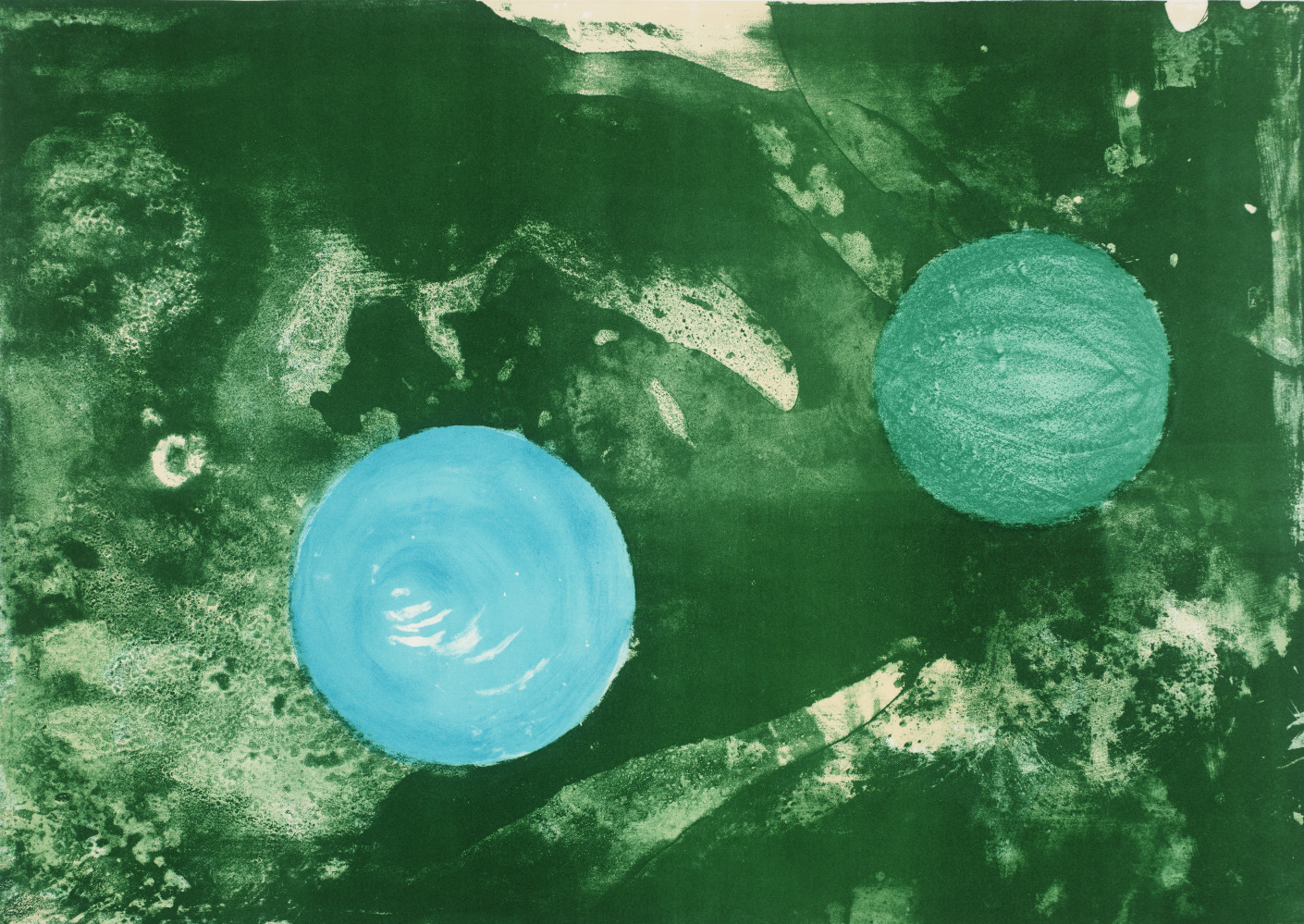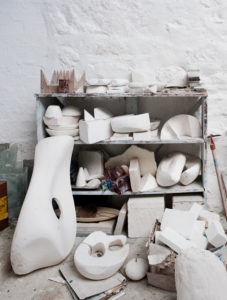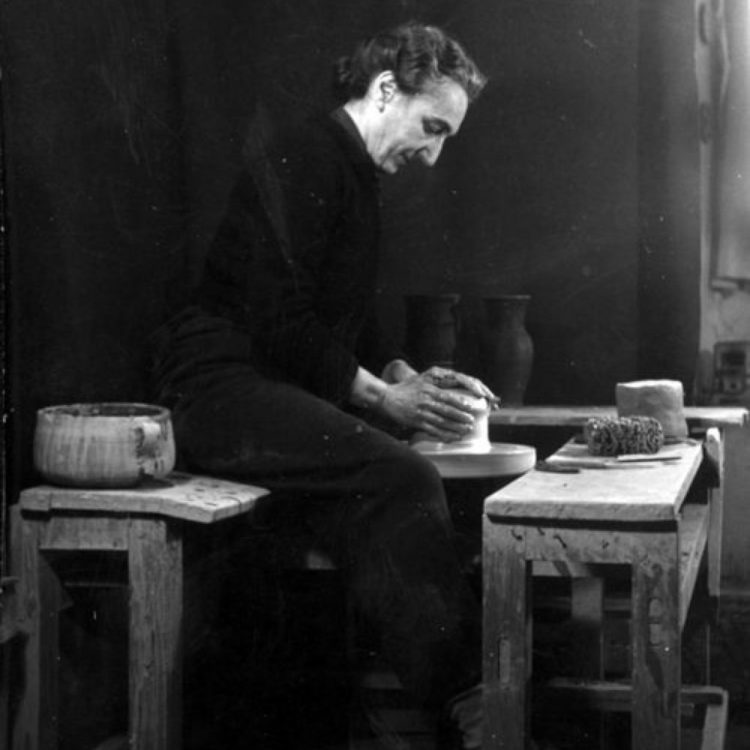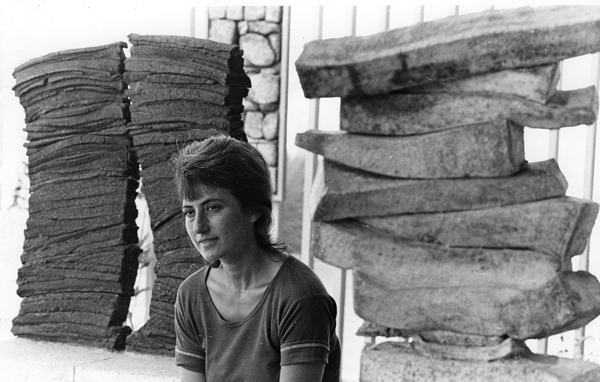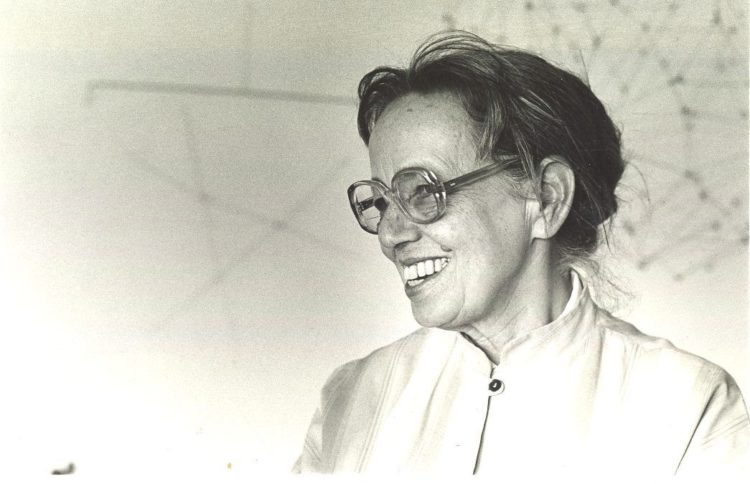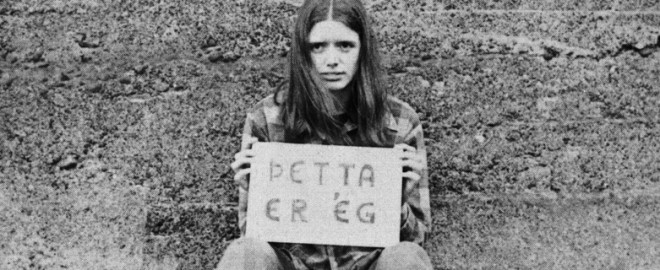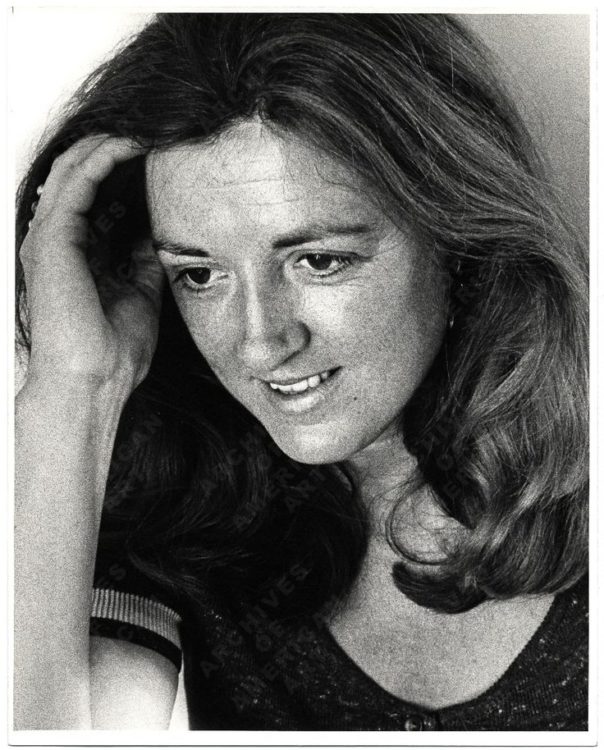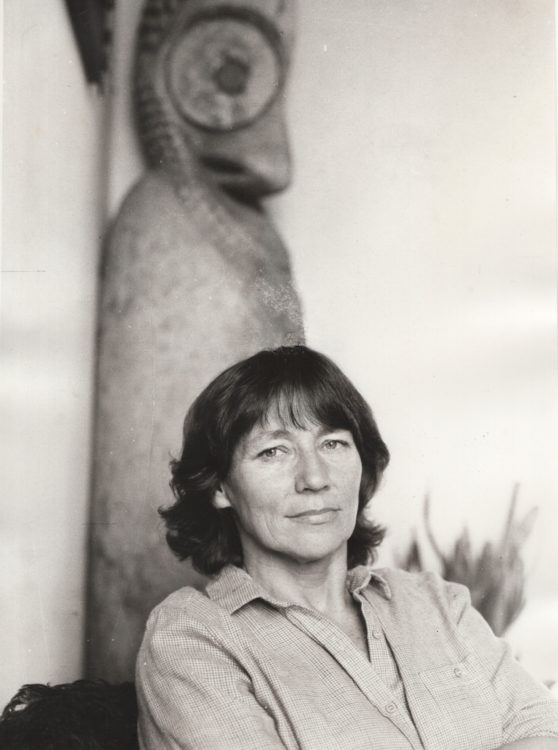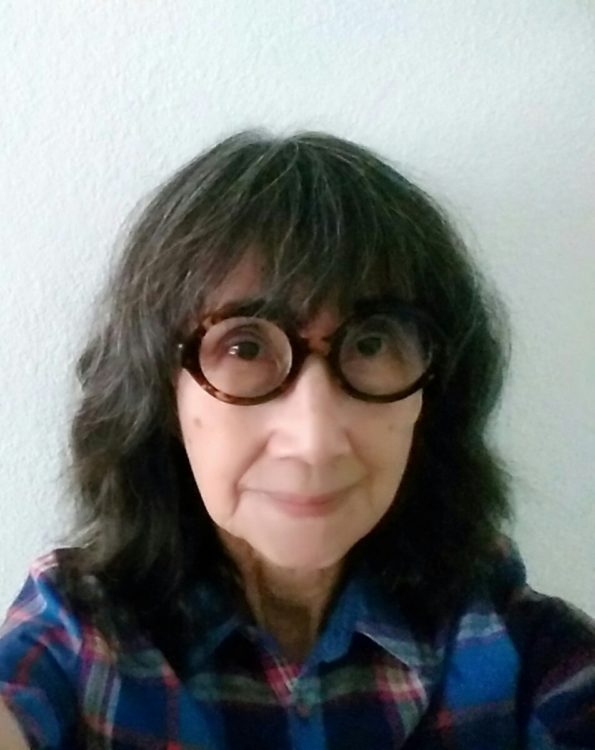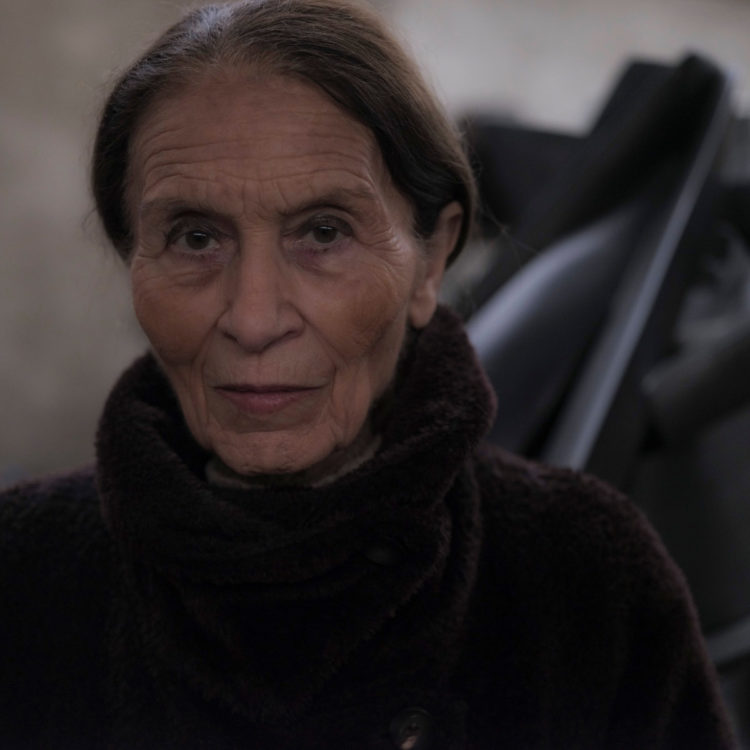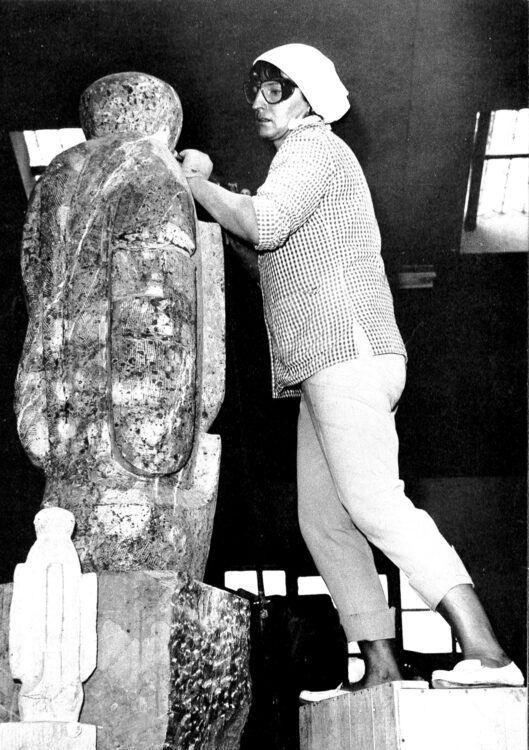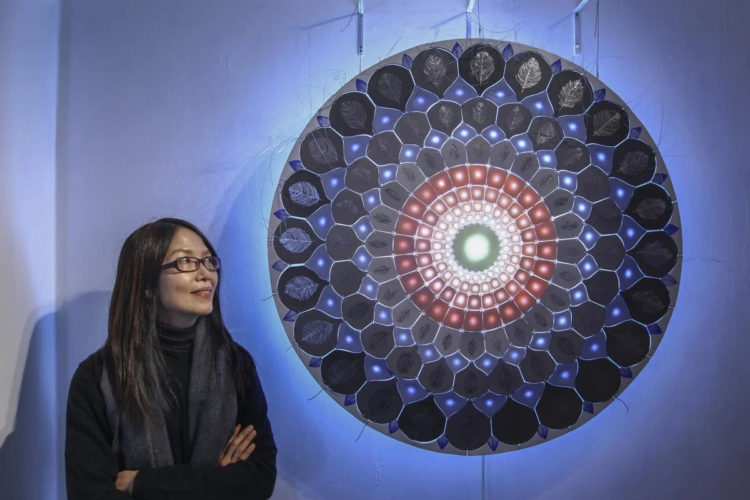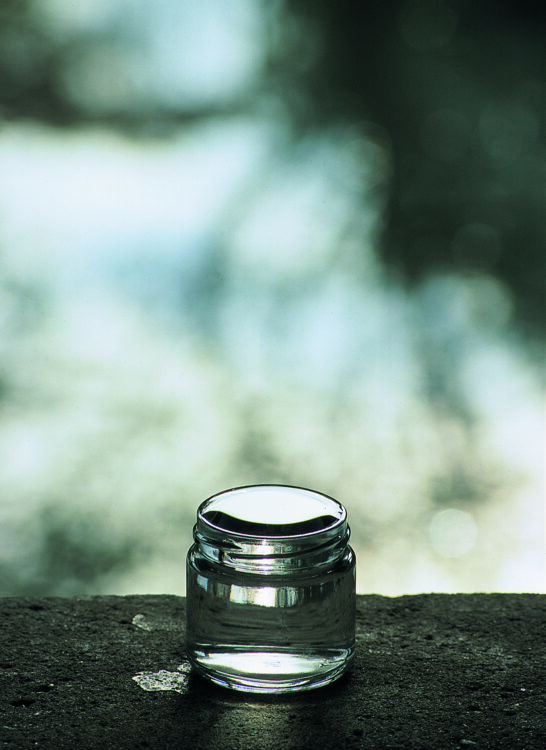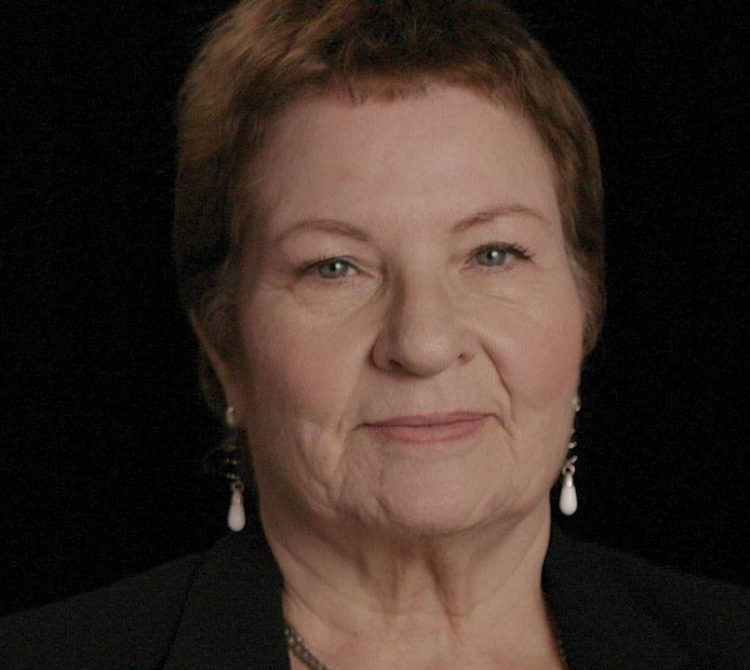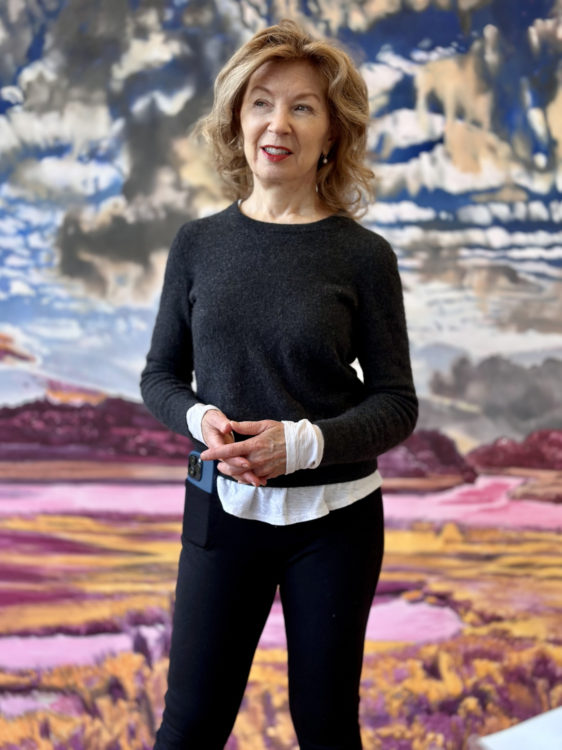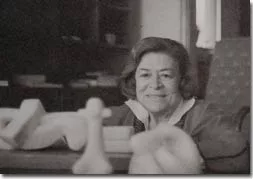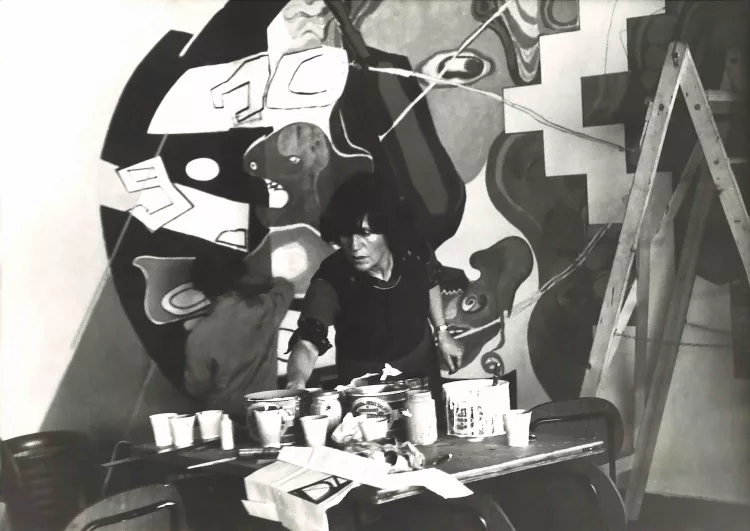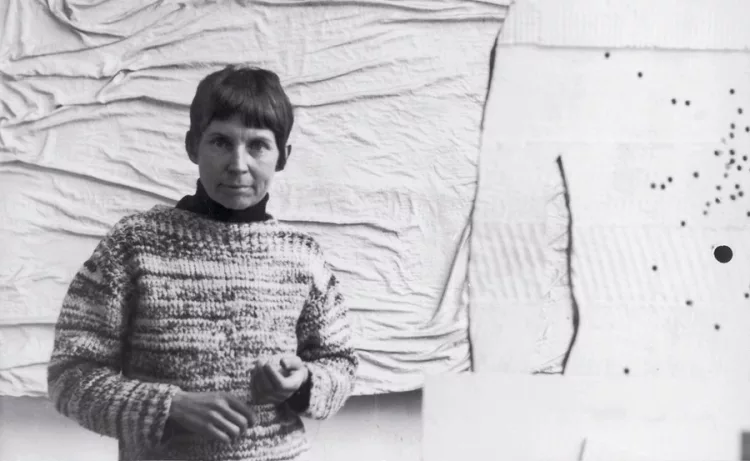Review
Barbara Hepworth, Sun and Marble, 1971, lithograph, 76.4 x 54.3, Tate, Barbara Hepworth © Bowness, © Photo: Tate
For many years Barbara Hepworth (1903-1975) was wrongly considered a disciple of Henry Moore (1898-1986). The Musée Rodin in Paris is currently showcasing her work with a four-part exhibition – the first retrospective dedicated to the British sculptor to take place in the French capital.
The first part of the exhibition, “Barbara Hepworth and France”, focuses on archival material and sculptures that explore the reception of the artist’s work in France. Close to the Abstraction-Création group in the 1930s and the Salon des réalités nouvelles after the Second World War, during the interwar period she mixed with many figures living in Paris. Through her husband, the British painter Ben Nicholson (1894-1982), she also became friendly with Alexander Calder (1898-1976), Naum Gabo (1890-1977), Robert Delaunay (1885-1941), Piet Mondrian (1872-1944) and Theo van Doesburg (1883-1931).
The wealth of documents in the second section traces the consignment of pieces she contributed to exhibitions of contemporary sculpture at the Musée Rodin, which marked the beginning of her international recognition. A 1961 document for the commission of a monument for the UN Headquarters in New York is presented alongside personal archives, which give us insight into the sculptor’s diverse friendships.
The third part, “The studio”, features a partial reconstruction of B. Hepworth’s studio in St Ives, Cornwall. In addition to a few sketches and paintings, which reveal the importance of the gestural in her practice, the exhibit is complemented with two videos illustrating the significance of landscape for the sculptor.
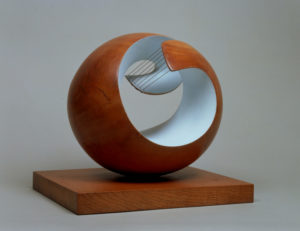
Barbara Hepworth, Pelagos, 1946, elm wood and ropes, 43 x 46 x 38.5 cm, Tate, Barbara Hepworth © Bowness, © Photo: Tate
Water and sand were among the elements that captivated B. Hepworth, much like they did artists Jean Arp (1886-1966), Fernand Léger (1881-1955) and Le Corbusier (1887-1965). The pieces shown in the dedicated room are suggestive of natural phenomena, such as the sea polishing pebbles. Carved directly into the material without using any preliminary moulding, a process that Rodin held so dear, these stone or wooden sculptures, sometimes traversed with taut threads, highlight the operating tensions at play in her work. The spherical shapes, such as the one featured in the publicity and the catalogue cover,1 are reminiscent of natural or cosmic elements, which once again connect B. Hepworth’s work to that of J. Arp and Sophie Taeuber-Arp (1889-1943). In the 1930s the artist also delved into the prehistoric past of her home country with her series Menhirs, stripped of the nationalism usually associated with depictions of megalithic sites during the interwar period in Great Britain.
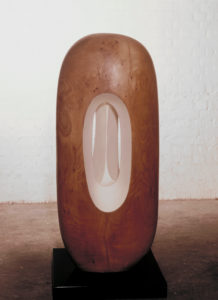
Barbara Hepworth, Hollow Form with White, 1965, elm wood, 134,6 x 58.4 x 46.4 cm, Tate, Barbara Hepworth © Bowness, © Photo: Tate
Through expertly chosen groups, the last section of the exhibition, “The living joy of forms”, unveils the diversity of her materials. Bathed in beautiful natural light shining through the skylights, the bronze, stone and wooden sculptures in the final room showcase the artist’s craftsmanship and the relationship between “aesthetics and matter”,2 which also fascinated Constantin Brancusi (1876-1957), an artist whom Hepworth greatly admired. Among these, Hollow Form with White (1965), a sort of giant biomorphic bean, presents a beautiful polished surface of elm wood with its inner surface painted white, giving a perfect example of the sculptor’s taste for matter and colour. Sea Form (Porthmeor) (1958) manifests her interest in ocean currents, which the skilfully worked bronze patina brings to mind.
Visitors will leave the exhibition soothed by the serenity that exudes from this meticulous and patient art, shown at last on the occasion this long-awaited retrospective. While it is unfortunate that none of B. Hepworth’s work is held in French public collections, let us hope that the Musée Rodin’s initiative will prompt similar events of the sort.
Barbara Hepworth, from 5 November 2019 to 22 March 2020, Musée Rodin (Paris, France).
Chevillot Catherine and Matson Sara (eds.), Barbara Hepworth, exh. cat. musée Rodin, Paris (5 November 2019-22 March 2020), Paris, In fine, 2019.
2
Ibid., p. 15.
Vanessa Noizet, "Natural Forms: The Sculpture of Barbara Hepworth." In Archives of Women Artists, Research and Exhibitions magazine, . URL : https://awarewomenartists.com/en/magazine/des-formes-naturelles-la-sculpture-de-barbara-hepworth/. Accessed 30 December 2025
